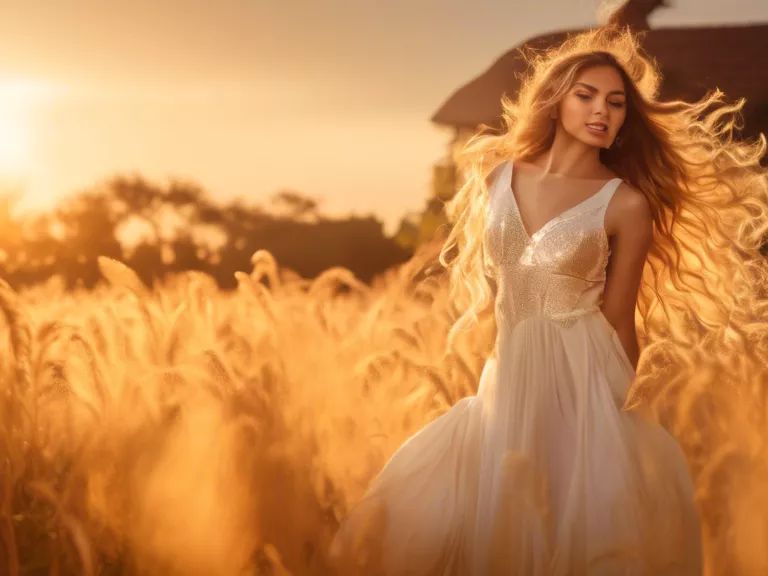
Golden hour lighting, the period shortly after sunrise or before sunset, is known for its warm, soft, and flattering light that gives photographs a captivating and magical touch. The impact of golden hour lighting on creating captivating photos cannot be overstated. This natural light phenomenon enhances the colors, adds depth to shadows, and creates a beautiful glow that is difficult to replicate at any other time of the day.
During the golden hour, the sun is lower in the sky, which means the light has to pass through a thicker layer of the earth's atmosphere. This atmospheric interference scatters the blue light and allows the warmer tones to dominate, resulting in the golden hue that gives this time of day its name. This unique quality of light creates a soft, diffused look that is highly sought after by photographers across all genres.
In portrait photography, golden hour lighting can be particularly flattering. The warm, directional light can create stunning rim light around the subject, highlighting their features and giving the image a three-dimensional quality. Landscapes also benefit from golden hour lighting, as the low angle of the sun creates long shadows and enhances texture and depth. Architecture, wildlife, and even street photography can all be elevated by the magic of the golden hour.
To make the most of golden hour lighting, it's important to plan ahead. Timing is crucial, as the quality of light changes rapidly during this time. Additionally, being prepared with the right gear and knowing how to manipulate the light can make a big difference in the final result. Whether you're a seasoned pro or just starting out, taking advantage of the golden hour can take your photography to the next level.
Next time you're out shooting, consider waiting for the golden hour to see the incredible impact this natural light can have on your photos. With a little planning and practice, you'll be well on your way to creating truly captivating images.



